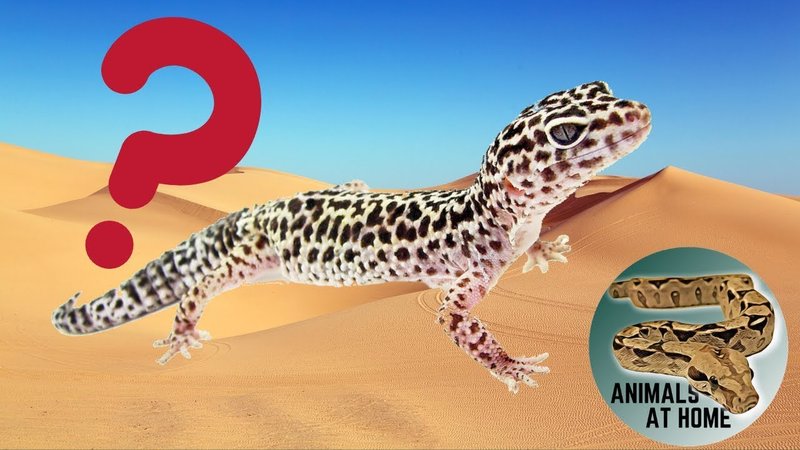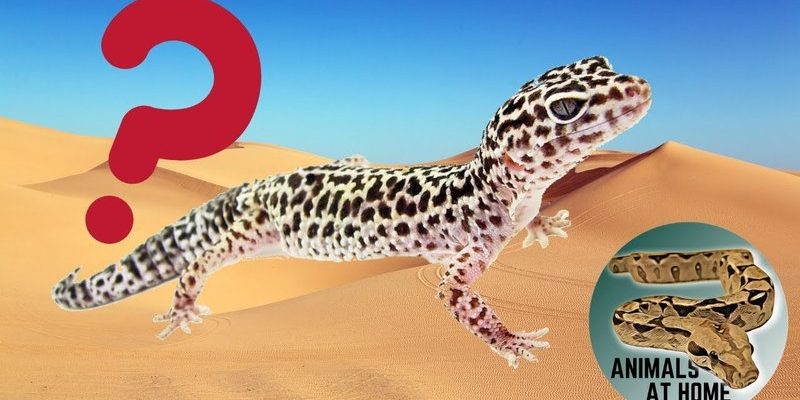
Geckos are not just limited to tropical climates—you might be surprised to learn that they inhabit various environments worldwide! From the deserts of Africa to the jungles of Southeast Asia, these little critters have adapted to an array of ecosystems. Think of geckos like the world’s most versatile travelers—they’ve made themselves at home in forests, grasslands, and even urban areas. So, grab your virtual passport as we journey through the various locations where geckos are found!
The Diverse Habitats of Geckos
Geckos can thrive in a wide range of habitats. Their adaptability is key to their survival. You’ll find them in places like:
- Rainforests: These lush green ecosystems are a gecko’s paradise. The humidity and abundant food sources make rainforests ideal habitats. Species like the Madagascar day gecko live happily among the vibrant flora and fauna.
- Deserts: Yes, some geckos actually call the arid deserts home! The Egyptian sand gecko is a prime example. They’ve evolved to withstand extreme temperatures, burrowing into the sand during the day to escape the heat.
- Urban Areas: Surprisingly, many geckos adapt well to city life. Common house geckos are often seen in homes and buildings, using their climbing skills to navigate walls and hunt insects.
These varied environments showcase how geckos have evolved and adapted to thrive in different settings. But their story doesn’t stop there!
Gecko Species and Their Distribution
There are over 1,500 species of geckos worldwide, and their distribution is as fascinating as the creatures themselves! Here are a few notable gecko species and their specific locations:
- Green Geckos: Typically found in New Zealand, these vibrant lizards are famous for their striking colors and are often seen basking on tree branches.
- Tokay Geckos: Native to Southeast Asia, these robust geckos are known for their loud calls and bold personalities. You might even find them in gardens!
- Leopard Geckos: Originally from the rocky regions of Afghanistan, these popular pets are known for their spotted patterns, resembling a leopard.
Each species is a testament to the adaptability of geckos. They’ve carved out unique niches in their respective environments, showcasing the beauty of biodiversity.
The Amazing Adaptations of Geckos
So, what makes geckos such successful survivors in these varied habitats? Their adaptations are truly remarkable:
1. Climbing Abilities: Most geckos have specialized toe pads allowing them to climb smooth surfaces. This skill not only helps them escape predators but also aids in hunting for food.
2. Camouflage: Many geckos have developed colors and patterns that help them blend into their surroundings, making them harder to spot. This is especially true for those living in forests or deserts.
3. Vocalizations: Geckos communicate using a range of sounds, from chirps to whistles. This helps them establish territory and find mates, playing a vital role in their social interactions.
These adaptations aren’t just cool traits; they’re essential for survival in various environments, making geckos true masters of their domains.
Gecko Habitats Around the Globe
Let’s take a closer look at some key regions where geckos are commonly found:
Africa
In Africa, geckos are widespread. The continent is home to species like the African Fat-Tailed Gecko, known for its unique appearance and gentle demeanor. These geckos mostly inhabit savannas and forests, offering them plenty of insects to feast on.
Asia
Asia is like a treasure trove of gecko diversity. From the colorful Crested Gecko in New Caledonia to the House Gecko, you’ll find them in many countries, thriving in both rural and urban settings. The tropical climates of Southeast Asia offer a perfect environment for them.
Australia and the Pacific Islands
Geckos are abundant in Australia, where species like the Mourning Gecko and the Giant Leaf-Tailed Gecko can be found. The numerous islands in the Pacific also host unique species, showcasing the region’s rich biodiversity.
The Americas
In North and South America, geckos like the Common House Gecko have made themselves at home in various environments, including urban areas. The Centralian Rough Knob-tail Gecko, found in Australia, is a stunning reminder of how diverse these lizards can be across the globe.
Why Gecko Conservation Matters
As cute and interesting as geckos are, they face threats from habitat loss, climate change, and the pet trade. Preserving their habitats is crucial for their survival. Here’s why gecko conservation is important:
– Biodiversity Balance: Geckos play a vital role in their ecosystems, controlling insect populations and contributing to the food chain.
– Ecosystem Health: Healthy gecko populations indicate a balanced ecosystem. If geckos are thriving, it suggests the environment is in good shape.
– Cultural Significance: In many cultures, geckos are seen as symbols of luck and wisdom. Protecting them also means preserving cultural heritage.
Conserving geckos is about more than just saving a species; it’s about maintaining the intricate web of life they help support.
Capturing the Geckos’ Charm
Now that we’ve explored where geckos are found, it’s clear these resilient lizards are everywhere—from tropical jungles to bustling cities. Their adaptability is truly inspiring. So, the next time you spot a gecko on your wall or hear its distinctive call at night, remember, you’re witnessing a small piece of nature’s amazing diversity.
In conclusion, geckos remind us of the beauty of the natural world and the importance of preserving their habitats for generations to come. Whether you’re an animal lover, a budding scientist, or just someone curious about their habitats, understanding where geckos are found is a step toward appreciating these wonderful creatures. The world is a big place, but geckos have claimed their spots in every corner, reminding us just how diverse and interconnected our planet truly is. So, keep an eye out for these little lizards; you never know what fascinating sights they’ll lead you to!

